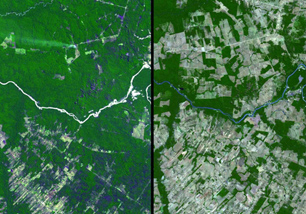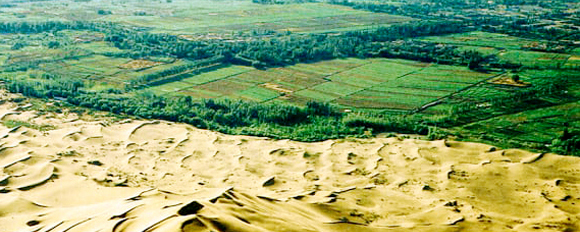SOIL-ERDE-SOLO
Deutsch PortuguêsMEDI-DATE with the ELEMENTS
Healthy soil (rich in minerals, arthropods, living organisms) means healthy food and healthy people.
Some Environmental Issues Related to Soil






Did you know?
It takes 500 years to produce just under an inch of topsoil, this is the most productive layer of soil.It greatly reduces flood risk by storing up to 9200 tons of water per acre. In total that’s about 0.01% of the Earth’s total water.
50% is air and water, the other 50% is broken rock and decaying plants and animals.
Soil is at the bottom of the food chain, yet it is the cornerstone of life on earth.
There are more microorganisms in a handful of soil than there are people on earth.

Mining
Copper
Fracking
For Oil
Deforestation
Within 5 years
Monoculture
contaminated soil The Great Green Wall. is an $8-billion project intending to restore 100 million hectares of degraded land by 2030, which would create 350,000 rural jobs and absorb 250 million tons of CO2 from the atmosphere in 20 countries that are most effected by desertification.
The Great Green Wall. is an $8-billion project intending to restore 100 million hectares of degraded land by 2030, which would create 350,000 rural jobs and absorb 250 million tons of CO2 from the atmosphere in 20 countries that are most effected by desertification.
 Agroforestry combines agricultural and forestry technologies to create more diverse, productive, profitable, healthy and sustainable land-use systems. Complex plant communities that enrich the soil rather than deplete it and release much less CO2 build an interconnected system in which each plant and animal benefits from the existence of all others.
Agroforestry combines agricultural and forestry technologies to create more diverse, productive, profitable, healthy and sustainable land-use systems. Complex plant communities that enrich the soil rather than deplete it and release much less CO2 build an interconnected system in which each plant and animal benefits from the existence of all others.
 Silvopasture cows
graze in the forest: trees provide shade and sequester carbon that counterbalances the cow’s methane emissions. If silvopasture was increased by 60 percent worldwide, it could save 31.1 gigatons of carbon emissions by 2050.
Silvopasture cows
graze in the forest: trees provide shade and sequester carbon that counterbalances the cow’s methane emissions. If silvopasture was increased by 60 percent worldwide, it could save 31.1 gigatons of carbon emissions by 2050.
YES TO LESS IS MORE!
YES WE CAN...
- celebrate plant-based foods and reframe meat as a delicacy and save 66 gigatons of carbon emissions by 2050 if only half of the population eat meat rarely.
- buy organic, local, seasonal and support local farmers by buying from them directly and fostering their organic farming practices
- promote Bio Fertilizers: The microorganisms in these fertilizers will help increasing the fertility of the soil.
- promote the use of Bio Pesticides and Fungicides using manure both as a fertilizer as well as pesticide, as it has far less side effects as its chemical counterpart.
- promote and buy hemp products, as it leaves soil nourished, grows faster, needs less water and less space.
- opt for reusable packaging and containers like glass for moist or wet items instead of plastic.
- use cloth napkins, handkerchief, rags and avoid using tissue papers in the kitchen, etc. This will go a long way in reducing landfills and help prevent deforestation.
- plant trees and support reforestation efforts. Planting trees increases biodiversity, stops soil erosion, reduces carbon monoxide buildup, and adds aesthetic value to the area.
- plant trees by using Ecosia as our default search engine on our smart phone and computer
- use period panties, (like Thinx or Ooshi or Real)
- get inspired by others for example one couple
- remember every little bit counts
- Do you have another idea? Please send it to me. Thank you for sharing!